Nikon D700
-
-
Written by Gordon Laing
Nikon D700 vs Nikon D300 vs Canon EOS 5D
Nikon D700 results continued…
Outdoor resolution / Studio resolution / High ISO Noise / Noise Reduction


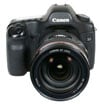 |
High ISO Noise |
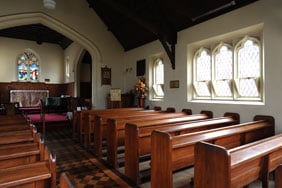 |
To compare noise levels under real-life conditions we shot this scene with the Nikon D700, Nikon D300 and Canon EOS 5D within a few moments of each other using each of their ISO settings in Aperture Priority modes. The lenses on each camera were adjusted to deliver the same field of view.
The D700 and D300 were fitted with the same Nikkor AF-S 14-24mm lens, set to 24mm on the D700 and 16mm on the D300. The Canon EOS 5D was fitted with the Canon EF 17-40mm set to 24mm. The lens focal lengths were fine-tuned so the field-of-view was exactly matched.
All three bodies were set to their best quality JPEG modes with default settings for image processing and noise reduction. As such, both Nikons were set to Large Fine JPEG quality (optimised for quality), with Auto White Balance and the default Standard Picture Control, Normal High ISO NR and Active D-Lighting switched off.
The image above was taken with the Nikon D700 with the AF-S 14-24mm lens at 24 mm f8 and with a sensitivity of 100 ISO; the original Large Fine JPEG measured 4.4 MB. The crops are taken from an area in the very middle of the image and presented here at 100%. Note the EOS 5D metered exactly the same exposures as the D700, although to match both models we needed to apply +0.3 EV compensation to the D300.
So below you’ll see results from three 12 Megapixel DSLRs. In the left and right rows are the Nikon D700 and Canon EOS 5D, both employing full-frame sensors, while in the middle is the D300, sporting a cropped-frame DX-format sensor.
The Canon EOS 5D kicks-off the comparison with its Lo (50 ISO mode). Looking closely there are greater signs of digital sharpening, but there’s no doubting the very clean, detailed result. Moving up to 100 ISO you can see the first direct comparison between all three models, although note this is still one EV below the base sensitivity of both Nikons. As you’d expect, all three cameras are delivering clean, detailed images, although the EOS 5D looks punchier. This is down to differences in image processing, optics and anti-aliasing filters. By boosting the Nikon’s processing though you can achieve a similar result if desired.
At 200 ISO both full-framers are still perfectly clean, although look closely at the background in the upper left corner of the D300 sample and you may spot some very fine texturing through processing. This is undoubtedly pixel-peeping, but it does prove if you’re looking that closely, you can see differences even this early on.
At 400 ISO, this texture has become more obvious on the D300 sample, and if we’re being really picky, there’s the slightest evidence of texturing on the 5D sample. The D700 remains pretty clean here.
Shift up to 800 ISO and there’s evidence of texturing on all three samples. We’d say the D700 has a very slight edge over the Canon, with the latter showing slightly more chroma artefacts, but there’s not much to complain about. Both full-framers are still showing a good result. The cropped-frame D300 has begun to suffer a little more though, with a slight desaturation and softening of ultimate detail.
At 1600 ISO the D300 is visibly suffering compared to the full-frame models. Noise artefacts are visible on all three cameras, but the full-framers are still retaining a high degree of detail whereas the D300 has become quite patchy in comparison. Again the amount of noise is similar on both the D700 and 5D, but the former’s result has less chroma noise and is preferred.
Increase to 3200 ISO and you’re at the top limit of the EOS 5D, at which point noise levels have become quite high. The D700 is also exhibiting quite apparent noise, but it’s cleaner than the 5D with fewer chroma artefacts. So the D700 is again preferred here, but the 5D has put in very good innings and proves it’s still a great camera for high sensitivity work. The D300 however is really suffering now with undesirable artefacts muddying the image and greatly reducing the detail. You can really see the difference between full frame and cropped frame bodies here.
At 6400 ISO, the story becomes even more apparent. The D700 sample is undoubtedly noisy, but at least there’s still plenty of detail and few coloured artefacts. In contrast the D300 at 6400 ISO really is a step too far.
From this point onwards, the D700 bravely offers super-high 12,800 and 25,600 ISO options which so far are unique to it and the flagship D3. Unsurprisingly there’s lots of visible noise in both samples, especially in the 25,600 ISO image. The latter additionally suffers from numerous hot pixels in the really dark areas and we’ve also noticed sensor blooming in some compositions with high contrast – for example a bright light in a dark ceiling area – and we have an example of this on our Gallery page. But remember we’re talking about a sensitivity of 25,600 ISO here, and all things considered, it’s remarkable how good these high sensitivity images can be.
Indeed, apply noise reduction to the 25,600 ISO sample and you can end up with something similar to the D300 at 6400 or even 3200 ISO. That’s a significant increase in sensitivity to have at your disposal and we’d also say the D700 at 6400 ISO can be as good as most cropped DSLRs at 1600 ISO. These results certainly illustrate the high ISO benefits of full-frame.
But while the D700 is delivering preferable results to the EOS 5D overall, it’s by no means a difference of night and day. The Canon is certainly exhibiting greater chroma noise, but up to 1600 ISO, it takes serious pixel peeping to tell them apart. Obviously the D700 also has the advantage of 6400 ISO options and above, but the 5D remains a very respectable performer.
From 3200 ISO onwards though, there’s no denying the D700 takes the lead. If you’ve ever wanted a camera that delivers the least noise at high sensitivities, you’d better start saving. At least it’s cheaper than the D3.
The images below were taken using the D700’s Normal High ISO Noise Reduction. To compare the effect of its four different NR options, check out our D700 Noise Reduction page. To see more real-life examples across its sensitivity range, check out our D700 Gallery – this includes an example of sensor blooming on the D700 at 25,600 ISO.
Nikon D700 with Nikkor AF-S 14-24mm |
Nikon D300 with Nikkor AF-S 14-24mm |
Canon EOS 5D with Canon EF 17-40mm | ||
 |
 |
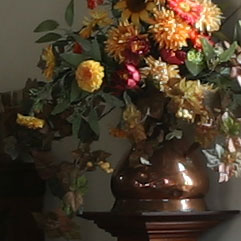 | ||
50 ISO not available |
50 ISO not available |
50 ISO | ||
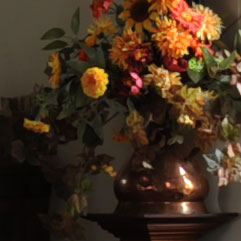 |
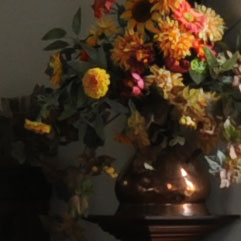 |
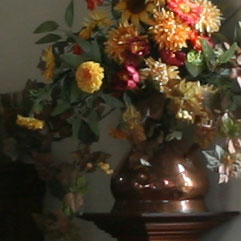 | ||
Lo 1 (100 ISO) |
Lo 1 (100 ISO) |
100 ISO | ||
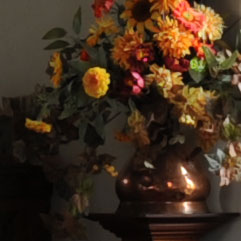 |
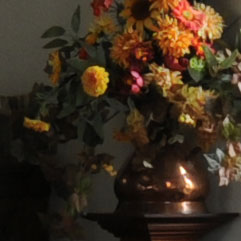 |
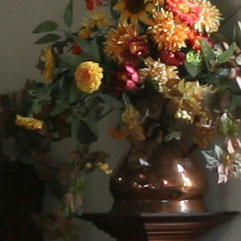 | ||
200 ISO |
200 ISO |
200 ISO | ||
 |
 |
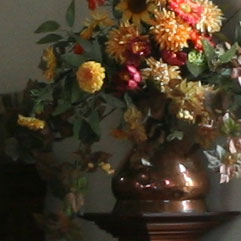 | ||
400 ISO |
400 ISO |
400 ISO | ||
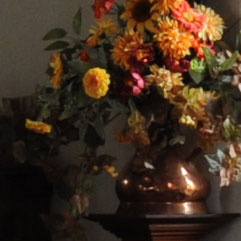 |
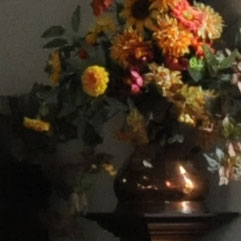 |
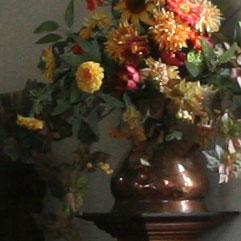 | ||
800 ISO |
800 ISO |
800 ISO | ||
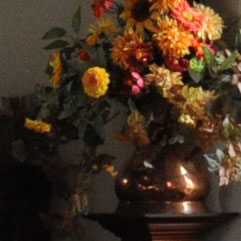 |
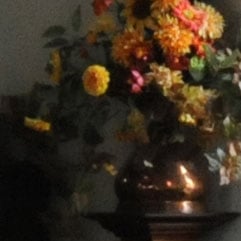 |
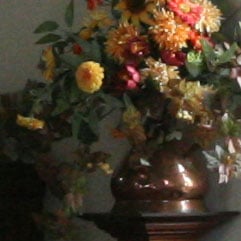 | ||
1600 ISO |
1600 ISO |
1600 ISO | ||
 |
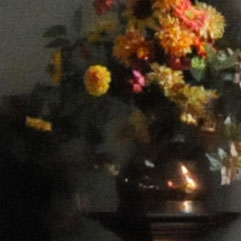 |
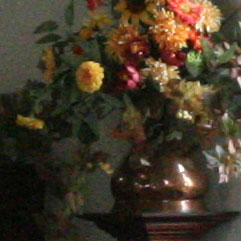 | ||
3200 ISO |
3200 ISO |
3200 ISO | ||
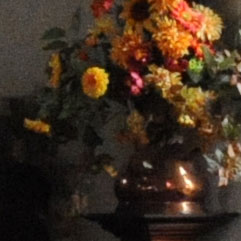 |
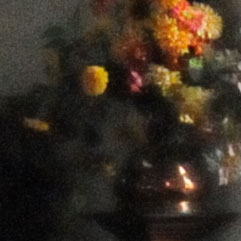 |
 | ||
6400 ISO |
Hi 1 (6400 ISO) |
6400 ISO not available | ||
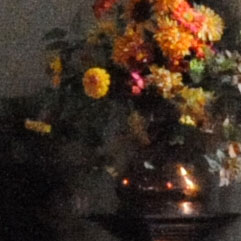 |
 |
 | ||
Hi 1 (12800 ISO) |
12800 ISO not available |
12800 ISO not available | ||
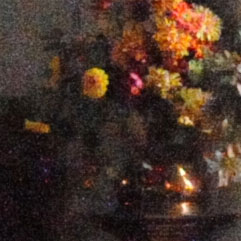 |
 |
 | ||
Hi 2 (25600 ISO) |
25600 ISO not available |
25600 ISO not available |




